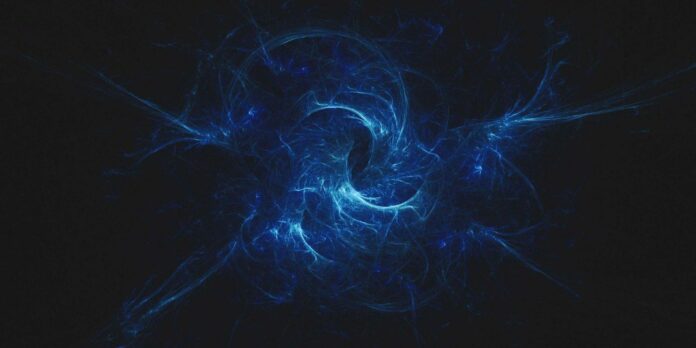About 70% of the universe is dark energy, with the remaining 25% being dark matter and the remaining 5% being regular matter. Using AI, UCL researchers, and the Dark Energy Survey collaboration inferred the influence and properties of dark energy by using a comprehensive map of visible and dark matter that spans the last 7 billion years.
The study doubled the accuracy of determining essential aspects of the universe, such as the total density of dark energy, by utilizing AI approaches. It allows scientists to rule out previously conceivable universe models, resulting in a more sophisticated understanding of the universe’s evolution and composition.
Lead author Dr. Niall Jeffrey (UCL Physics & Astronomy) said, “Using AI to learn from computer-simulated universes, we increased the precision of our estimates of critical properties of the universe by a factor of two.
“To achieve this improvement without these novel techniques, we would need four times the data. This would be equivalent to mapping another 300 million galaxies.”
Co-author Dr. Lorne Whiteway (UCL Physics & Astronomy) said, “Our findings align with the current best prediction of dark energy as a ‘cosmological constant’ whose value does not vary in space or time. However, they also allow flexibility for a different explanation to be correct. For instance, our theory of gravity is still wrong.
According to the most recent analysis of the Dark Energy Survey map, first published in 2021, matter is spread in the universe less lumpily and more smoothly than Einstein’s theory of general relativity predicted. The discrepancy was less significant because the error bars were bigger in this study than in the previous analysis.
Using weak gravitational lensing, the Dark Energy Survey map looks at how light from distant galaxies is bent by intervening matter on its way to Earth. Researchers inferred the distribution of all matter, including dark and visible matter, in the foreground of these galaxies by examining distortions in the morphologies of almost 100 million galaxies. A significant portion of the Southern Hemisphere was mapped during this project.
In the current study, simulations of various universes based on the Dark Energy Survey matter map were performed using supercomputers financed by the UK government. Each simulation was based on a distinct mathematical model of the universe.
Using supercomputers, the researchers created matter maps from several simulations. They then used machine learning to extract pertinent data from these maps, which improved their capacity to examine cosmological models. By contrasting the observable facts with simulated universes, they could determine how likely various cosmological theories would be accurate.
This novel strategy allows researchers to use more data from the maps than they could have with older techniques. Further efforts, like the European Space Agency’s Euclid project, will yield further information about the cosmos’s large-scale architecture. This will make it easier to assess whether the universe’s observable smoothness supports existing cosmological models or whether there is another explanation.
The observed smoothness is inconsistent with expectations derived from the cosmic microwave background, which is a byproduct of the Big Bang, highlighting the need for additional research.
Using images of the night sky captured over six years (from 2013 to 2019) by the 570-megapixel Dark Energy Camera, one of the most powerful digital cameras in the world, the partnership has cataloged hundreds of millions of galaxies. The camera is installed atop a telescope at the Cerro Tololo Inter-American Observatory in Chile, which the National Science Foundation runs. The optical corrector for the camera was constructed at UCL.
Journal Reference:
- N. Jeffrey et al., Dark Energy Survey Year 3 results: likelihood-free, simulation-based wCDM inference with neural compression of weak-lensing map statistics, arXiv (2024). DOI: 10.48550/arxiv.2403.02314
